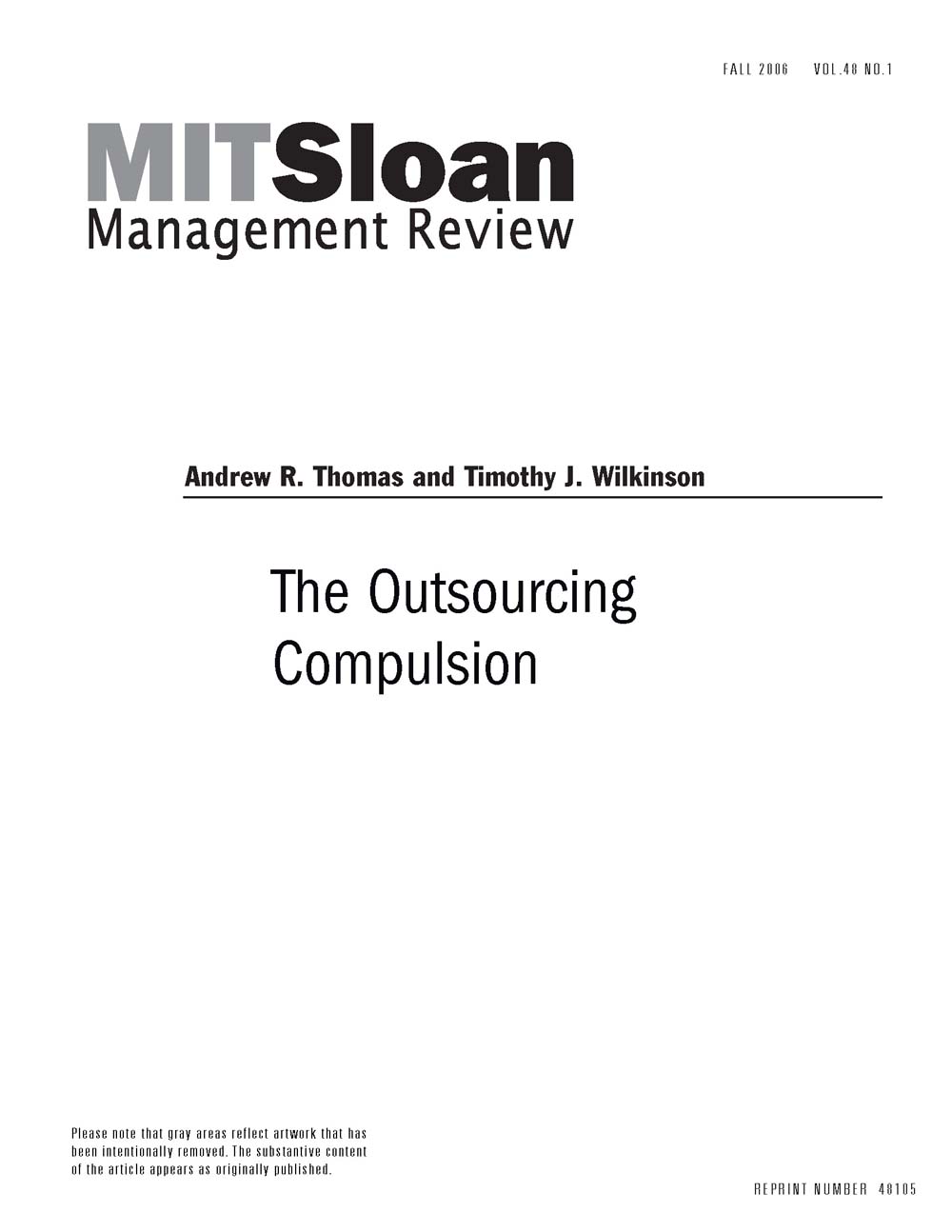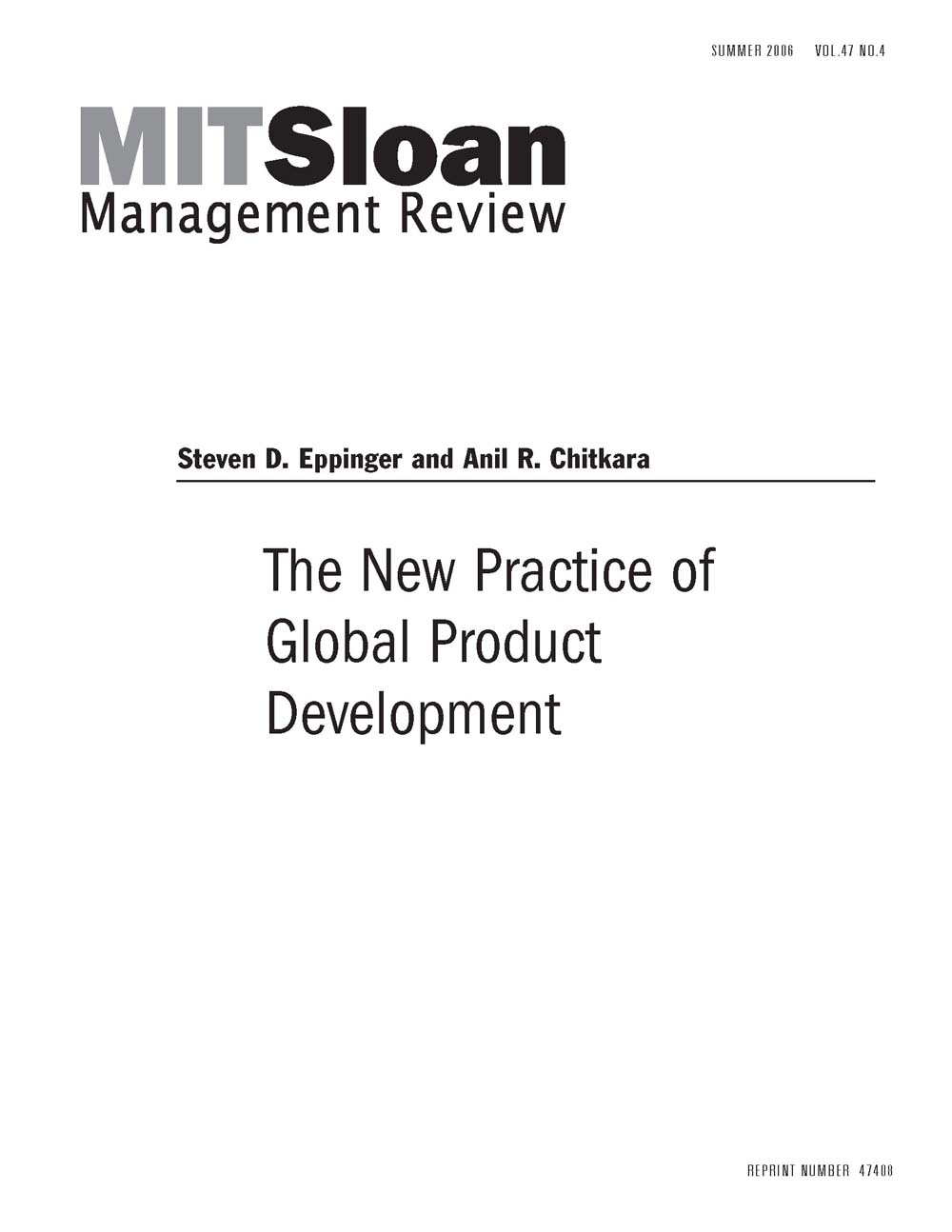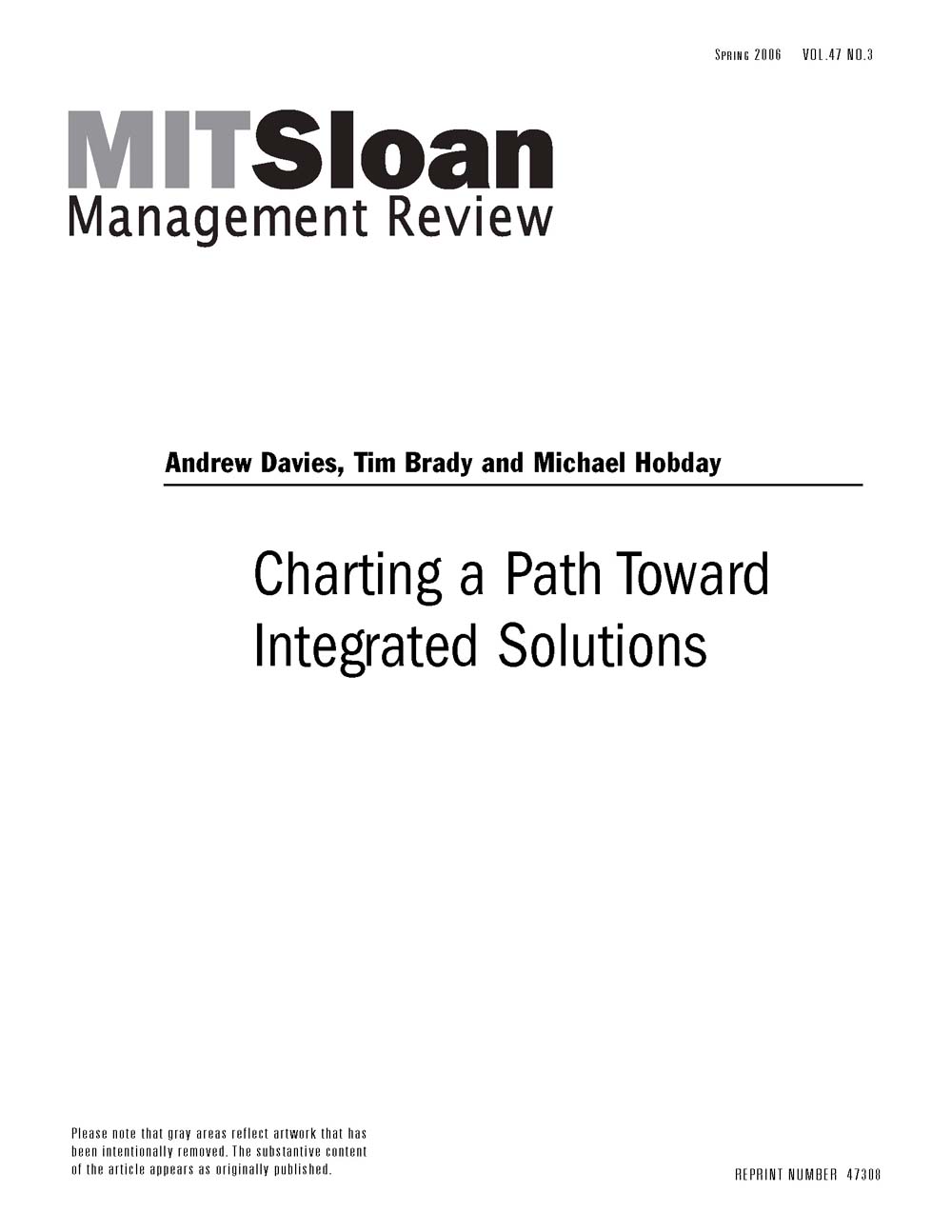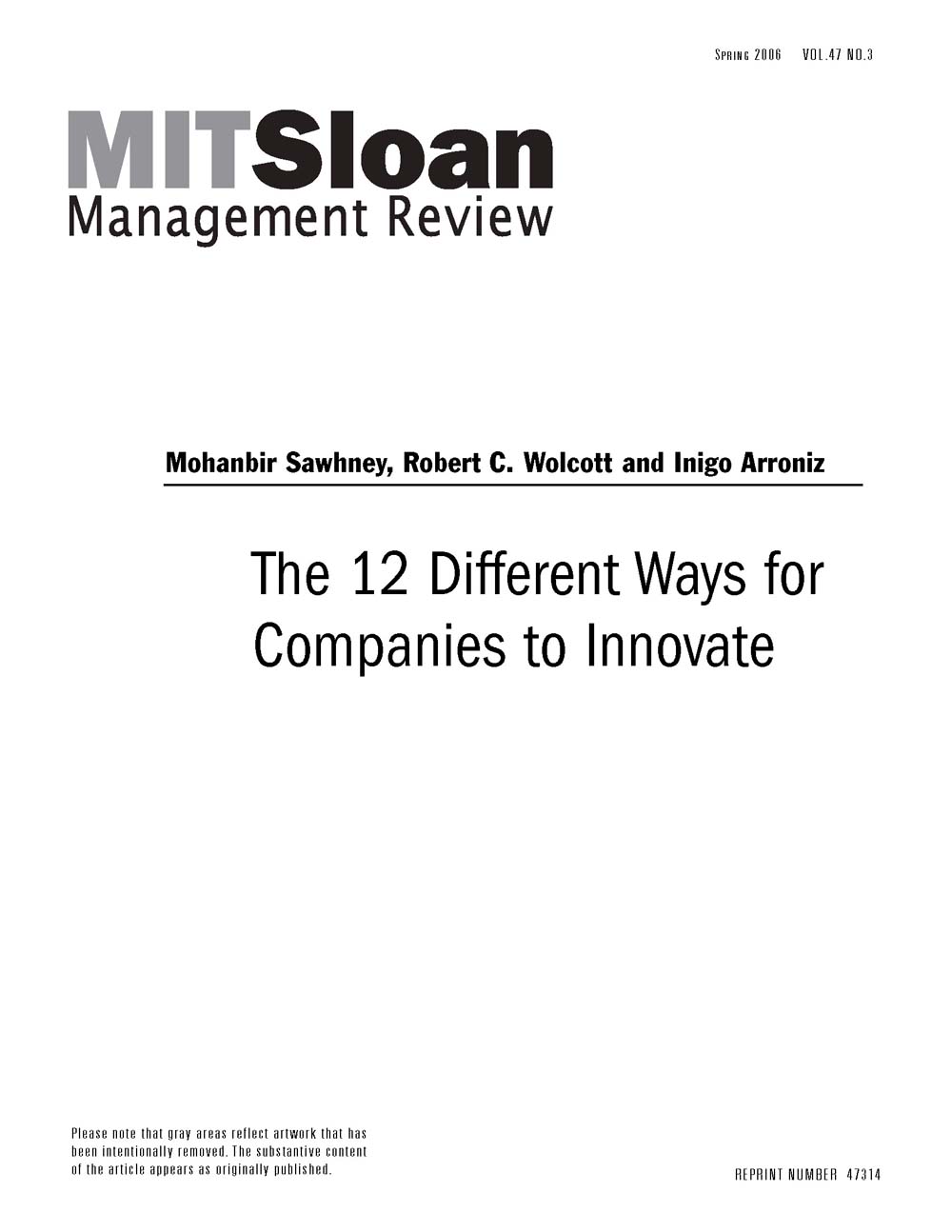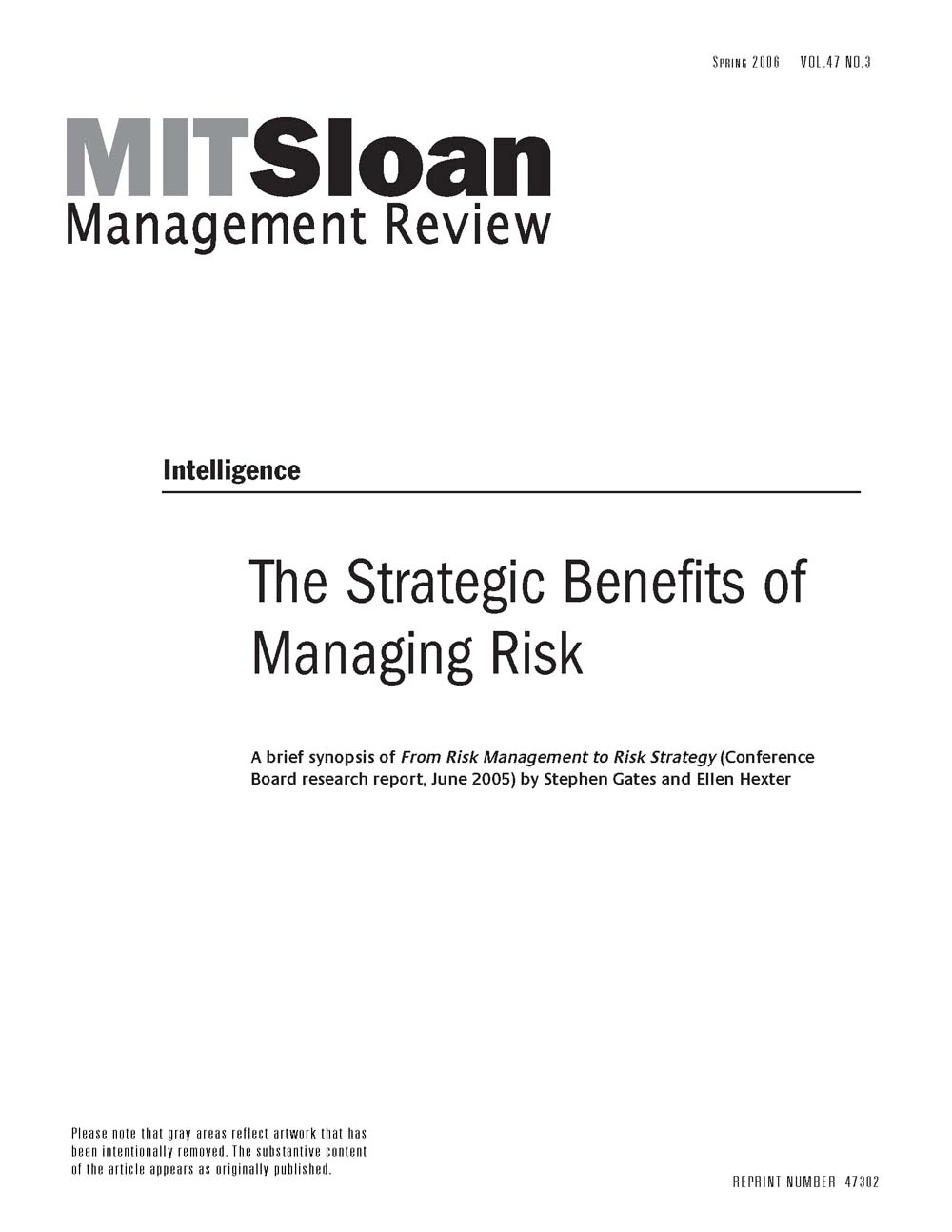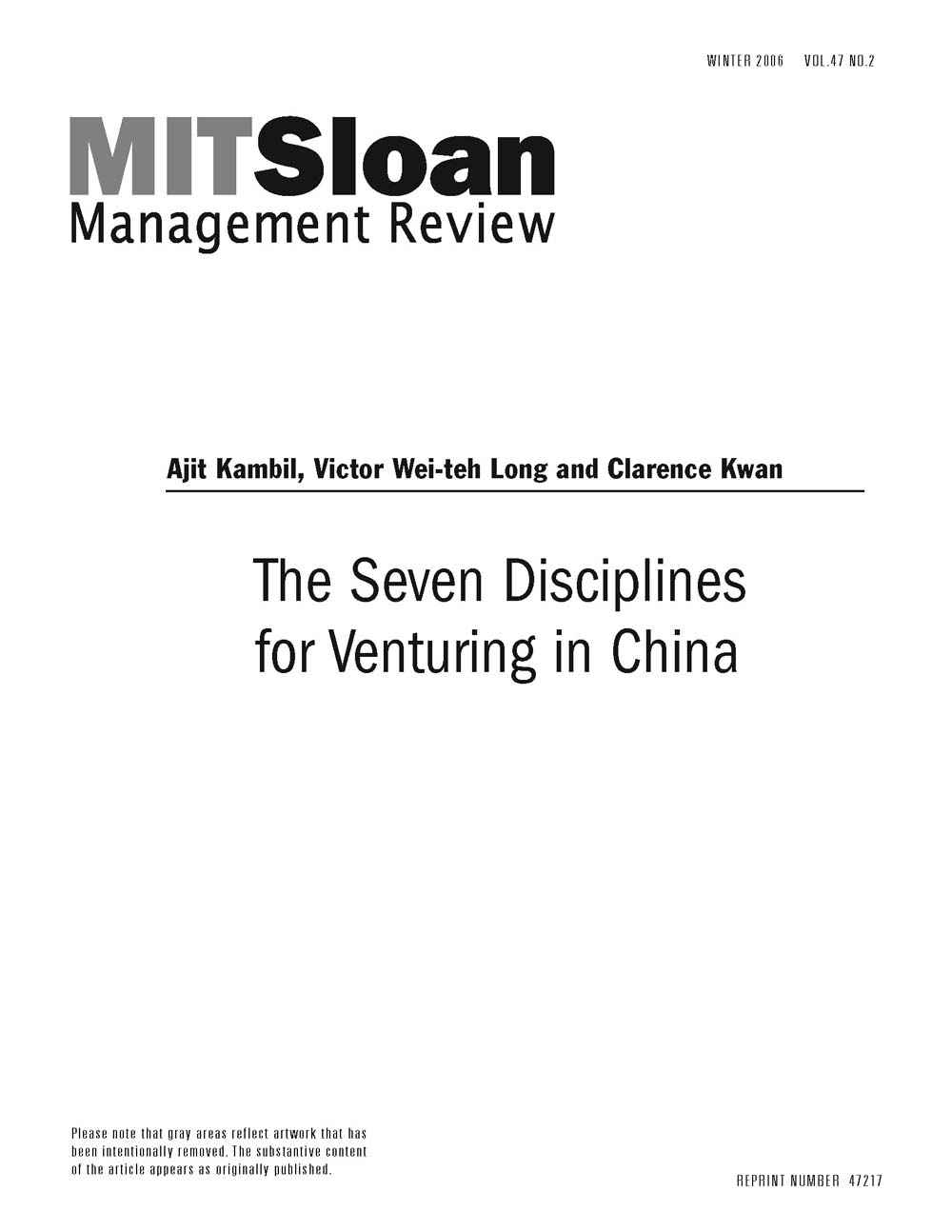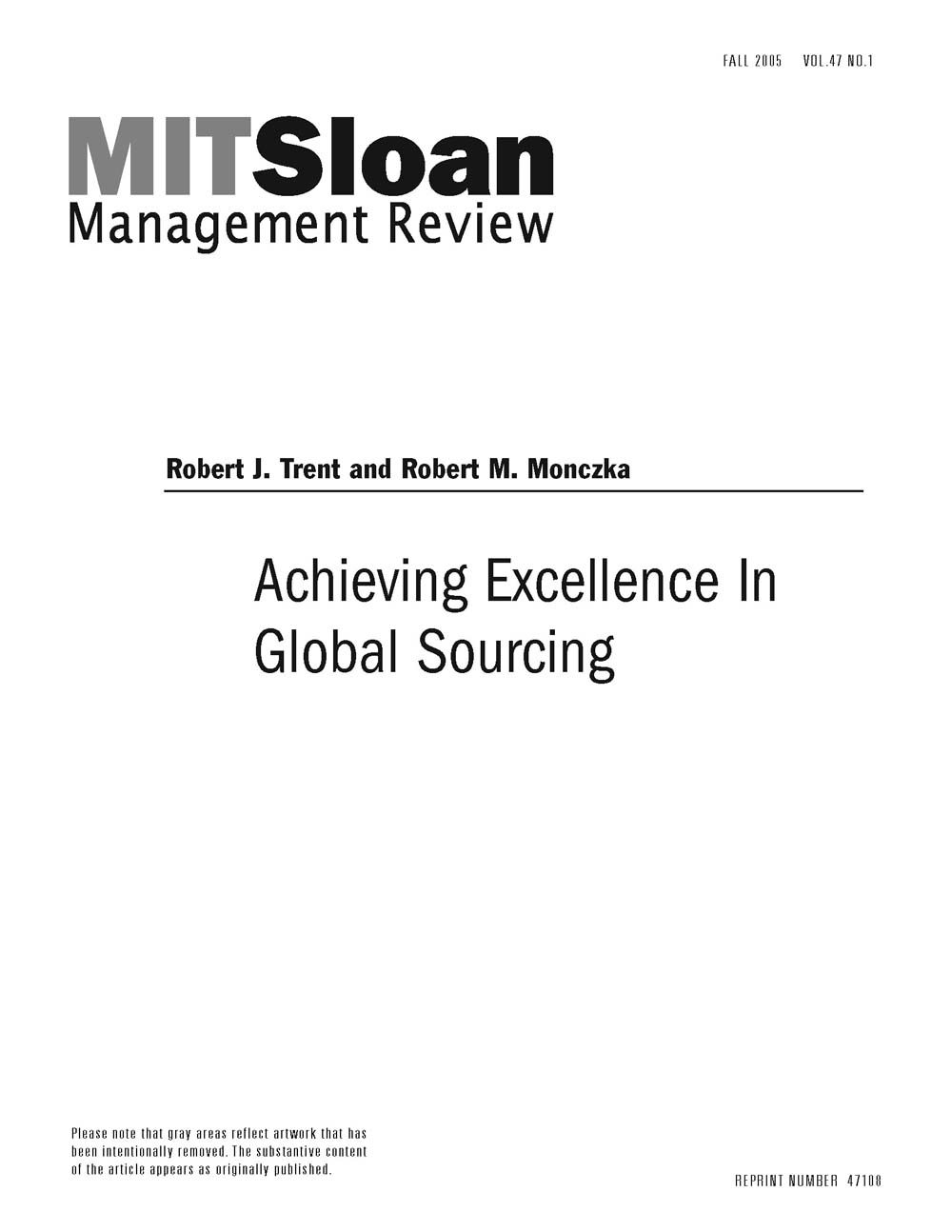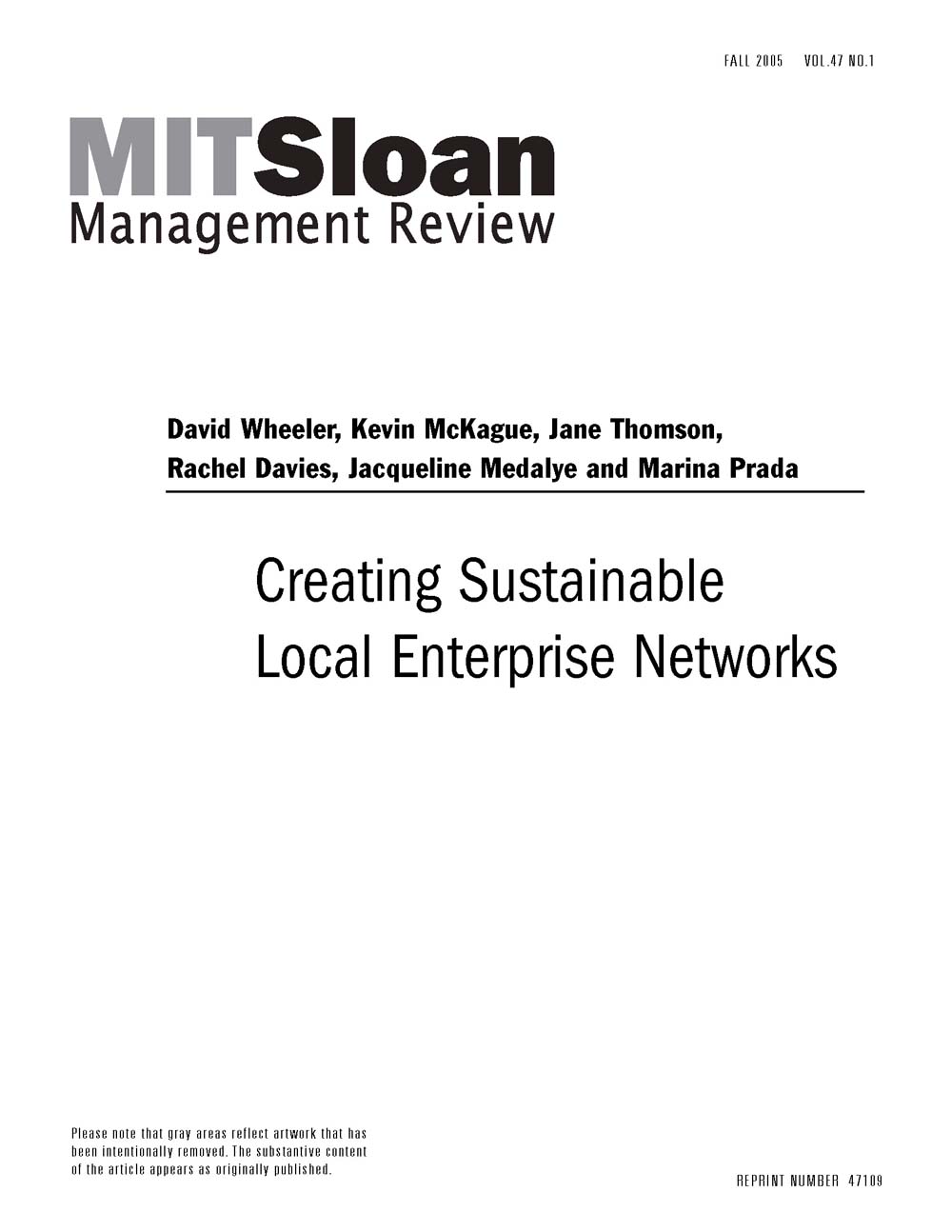The colonization of American manufacturing by distributors has pushed U.S. companies overseas.
Strategy
Page 38 of 52
-
Taking the High Road
With real wages stagnating and job security elusive for many U.S. workers, the American dream of an improved standard of living for each generation is in jeopardy. The author argues that, although many companies seek to become competitive primarily by reducing costs such as labor, there is another option. A substantial body of research, he reports, indicates that companies that invest in their workforces to build knowledge-based organizations can achieve a return on their investment through higher productivity and profitability. The author cites the example of Continental Airlines Inc., which after an era under Frank Lorenzo that was marked by wage cuts and bankruptcy, experienced improved performance and reputation under a new leadership team with a more collaborative management approach. Southwest Airlines Co. and JetBlue Airways Corp. are also examples of airlines that pursue a high-trust, knowledge-based strategy, while Toyota Motor Corp. and Kaiser Permanente are examples from other industries. Executives interested in building knowledge-based organizations can create momentum for their initiatives in several ways: by carefully documenting the gains from knowledge-based strategies, by encouraging employee representation in corporate governance matters, and by working with other leaders to approach problems that no single company can solve alone.
-
The New Practice of Global Product Development
Many manufacturers already have established product development activities in different countries around the world. As a rule, the current approach includes colocation of cross-functional teams to foster close collaboration among engineering, marketing, manufacturing and supply-chain functions. The results to date -- better product designs, faster time to market and lower-cost production -- have been satisfactory. However, growth and innovation can now be much more effective if manufacturers tie their decentralized development organizations into a cohesive, unified global product development operation. In this article, the authors introduce new empirical frameworks to guide managers toward such practices. Citing exemplars such as Hewlett-Packard, Eastman Kodak, Hyundai Motors, Haier, Alcatel and Cummins, the authors explain why GPD has come of age and demonstrate a three-stage approach that puts product development in the context of a company's relationships with outside partners. The article draws from extensive interviews with engineering managers at more than 100 companies in 15 countries in North America, Europe and Asia. Additional data are from a recently completed study on GPD that PTC has conducted with BusinessWeek Research Services, interviewing and surveying more than 1,100 engineering managers worldwide.
-
Charting a Path Toward Integrated Solutions
For both manufacturing companies and service firms, the basis of competition is shifting fast. Manufacturers are finding they must compete by selling services; service firms now have to provide products as well as services. The emerging battleground is known as "integrated solutions," and it is where leading companies such as IBM, General Electric, Rolls-Royce and EDS already compete aggressively. Rolls-Royce provides airlines with "power by the hour," selling engines along with the services to maintain and upgrade them over many years. Services provider EDS now manages and integrates different suppliers' technologies and products as part of its business outsourcing solutions. However, the integrated solutions approach is not simply a matter of blending products and services. Customers are buying guaranteed solutions for trouble-free operations. So the key is to develop and deploy the right capabilities -- and to structure the organization so these capabilities match customers' needs. This article offers a blueprint for implementing integrated solutions, drawing on extensive research with such companies as Alstom Transport, Cable & Wireless, Thales, Ericsson and Atkins. The article highlights the importance of four prerequisite capabilities and shows the organization structures necessary for success -- structures that are no longer bounded by product, service or geographic lines. The article then lays out three levels of organizational capability to chart the journey that integrated-solutions providers must take.
-
The 12 Different Ways for Companies to Innovate
AåÊframework called the "innovation radar" can help companiesåÊidentify opportunities for innovation.
-
Behind the Cost-Savings Advantage
Multinationals are finding it increasingly important to match the strengths of their subsidiaries' host economics to their strategic needs.
-
The Seven Disciplines for Venturing in China
China's institutional private equity and venture capital market has similarities to that of the United States and Europe, but there are important differences. Many practices that are taken for granted in areas such as Silicon Valley have yet to become routine in China. To begin with, there is a lack of readily available information about opportunities, entrepreneurs and companies. In addition, Chinese entrepreneurs know little about finance, corporate structures and governance, thereby requiring investors to spend considerable amounts of time educating them and filling the gaps. The authors identify seven disciplines critical to successful investment in China: knowledge and appreciation of the importance of social capital networks, or guanxi; understanding of corporate governance and shareholder rights; the ability to manage intellectual property; the ability to adapt business models to local conditions; the ability to add managerial and technical value to young enterprises; knowledge of legal structure; and an ability to navigate complex regulatory environments.
-
Achieving Excellence in Global Sourcing
Global sourcing is an advanced but complex approach to sourcing and supply management. The authors use survey research to gauge the extent to which companies are currently practicing global sourcing, which involves integrating and coordinating common items, materials, processes, technologies, designs and suppliers across worldwide buying, design and operating locations. In a sample consisting of supply executives primarily from large North American-based multinationals -- particularly manufacturers, the majority of survey respondents said their companies practice some form of international purchasing, a less integrated and coordinated approach than global sourcing. However, more than 70% of managers surveyed said that their companies plan to use global sourcing in the future. The authors identify a set of features common among companies that excel at global sourcing. The features cluster into seven broad characteristics: executive commitment to global sourcing; rigorous and well-defined global sourcing processes; availability of resources needed for the global sourcing initiative, including access to qualified personnel and budgets; information technology systems that support data analysis on a worldwide level; organizational design features that support the initiative, such as an executive committee that oversees global sourcing; structured approaches to communication, such as regular strategy review sessions; and methodologies for measuring savings from global sourcing.
-
Creating Sustainable Local Enterprise Networks
By analyzing 50 cases of successful sustainable enterprise in developing countries, the authors developed a conceptual framework they call the Sustainable Local Enterprise Network model. Analysis of the 50 cases revealed that examples of successful sustainable enterprise in developing countries often involve informal networks that include businesses, not-for-profit organizations, local communities and other actors. These networks can lead to virtuous cycles of reinvestment in an area's financial, social, human and ecological capital. Successful SLENs, the authors found, require at least one business enterprise to ensure the network's financial sustainability and serve as its anchor; however, that anchor role may be played by a cooperative or a profitable social enterprise launched by a non-governmental organization. While multinational corporations were sometimes part of the SLENs studied, entrepreneurs, nonprofits and sustainable local businesses were more common. Using a number of examples from their research, the authors describe how SLENs operate. Examples include networks involving Honey Care Africa Ltd., a honey company based in Nairobi, Kenya, which aims to promote rural development through beekeeping, and Grameen Shakti, which sells solar energy systems for homes in Bangladesh. The authors conclude with recommendations for fostering the development of SLENs, such as setting up training programs in sustainable entrepreneurship in developing countries.



